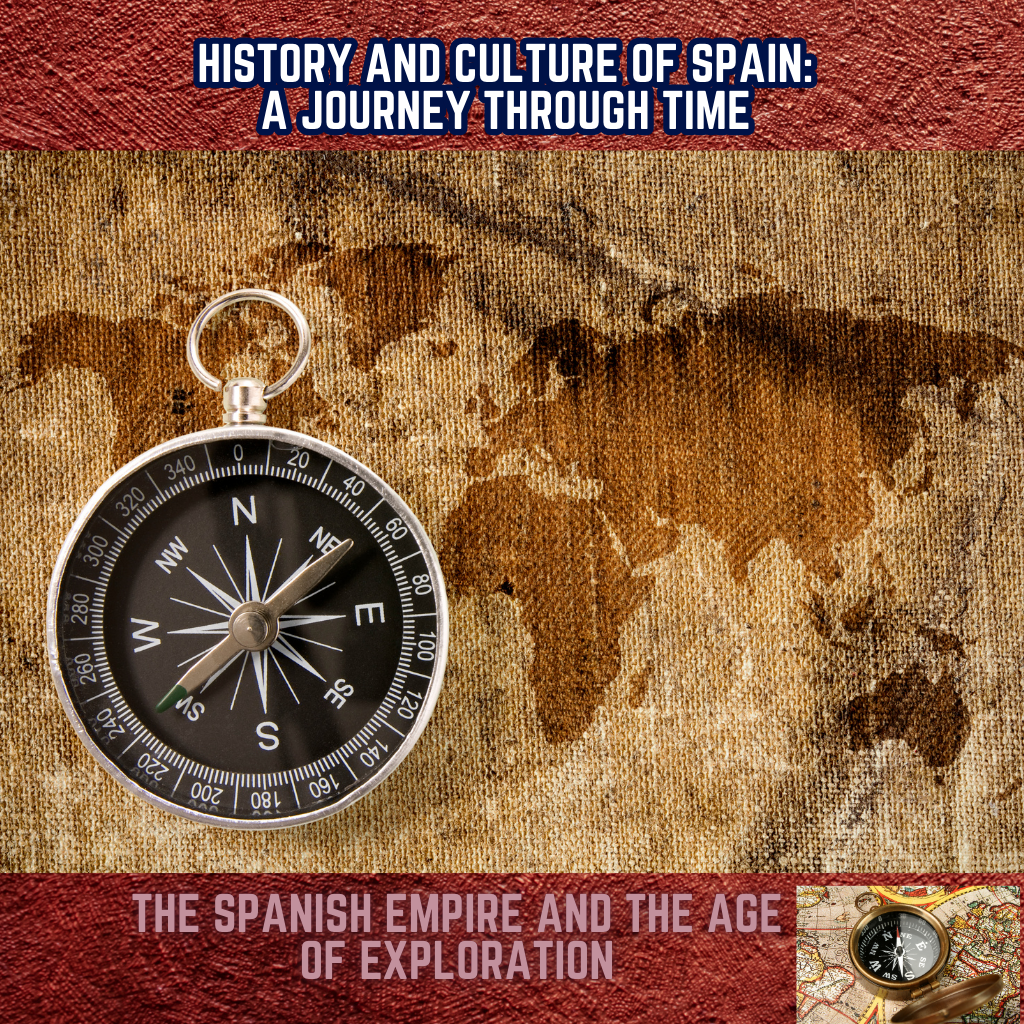History and Culture of Spain :Spain is a nation with a rich and diverse history that stretches back thousands of years. Its cultural heritage is equally diverse, encompassing several civilizations, including the Iberians, Romans, Moors, and even the French during the Napoleonic Wars. Spain’s unique position as a gateway between Europe and Africa has made it a melting pot of cultures, leaving an indelible mark on everything from its architecture to its cuisine. In this article, we take a closer look at the history and culture of Spain, exploring the most important events and traditions that shaped the nation it is today.
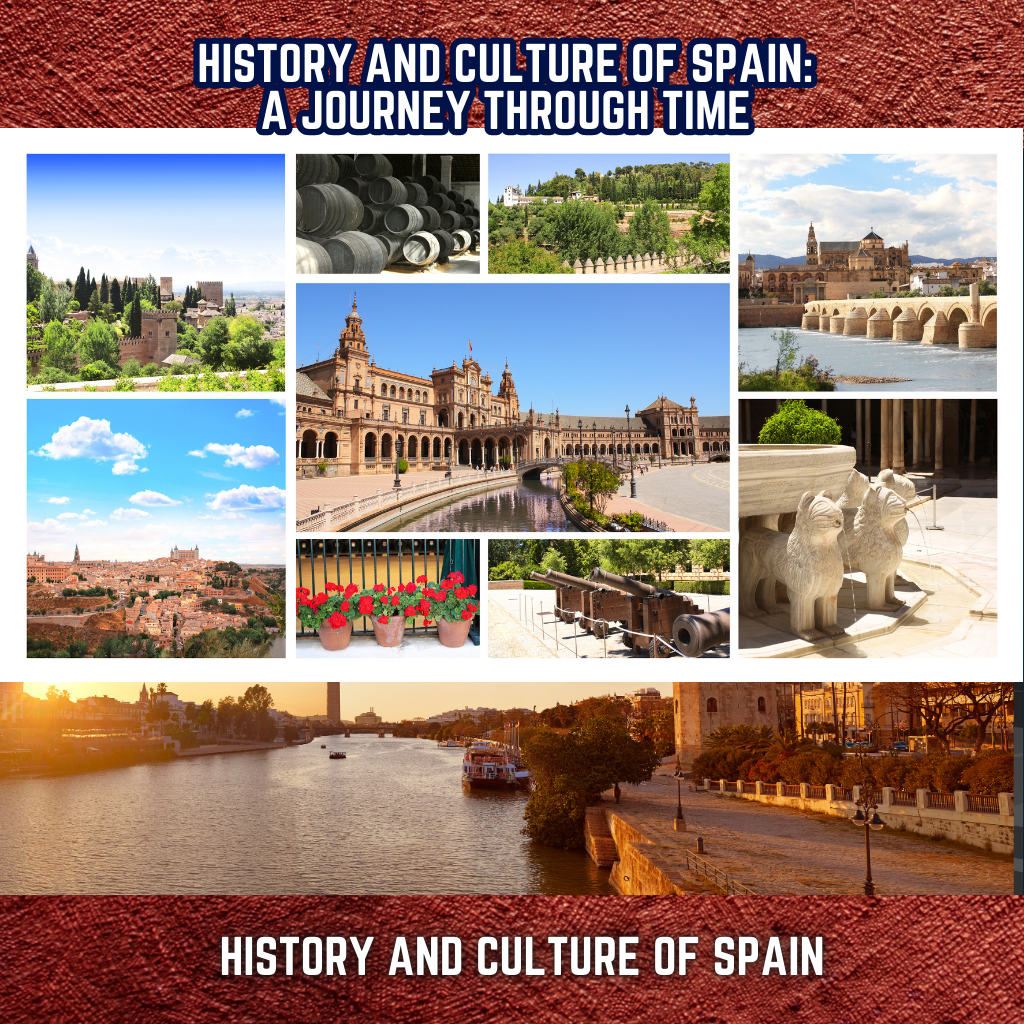
Early Civilizations and Pre-Roman Spain
Long before Spain was unified as a country, it was home to many indigenous peoples like the Iberians. These early settlers were skilled blacksmiths, farmers, and merchants. However, the arrival of the Phoenicians, Greeks and Carthaginians between 1100 and 200 BC. it had a profound impact on the development of Spain, bringing new technologies in agriculture, trade and shipping.
In 218 BC, the Roman Empire reached the Iberian peninsula, and with it, Spain underwent a great change. The Romans built highways, towns and aqueducts, many of which still stand today, such as the famous aqueduct at Segovia. Evolved Latin was introduced into modern Spanish, and Spain became one of the most Romanized regions of the empire, a significant influence that still resonates in their culture Spain to this day.
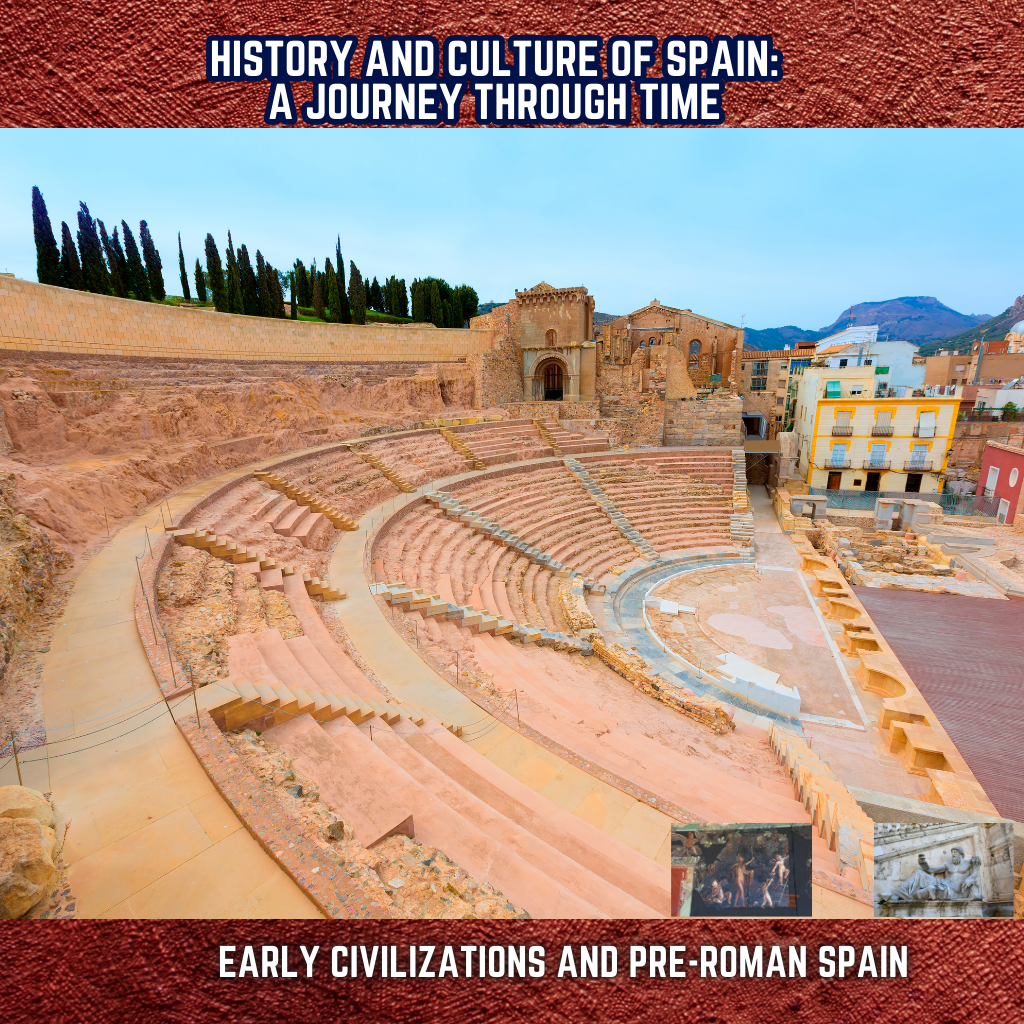
The Visigoths and the Early Middle Ages
When the Roman Empire fell, the Visigoths, a Germanic tribe, took control of Spain in the 5th century. They established a kingdom with its capital at Todido and ruled for nearly 300 years. Under the Visigoths, Spain became increasingly Christian, and the seeds of modern Spanish identity began to grow. The Visigoths played a key role in shaping the culture of early medieval Spain, but internal conflicts and weak leadership left their kingdom vulnerable to external threats. The arrival of the Moors in 711 marked a major change in Spanish history.
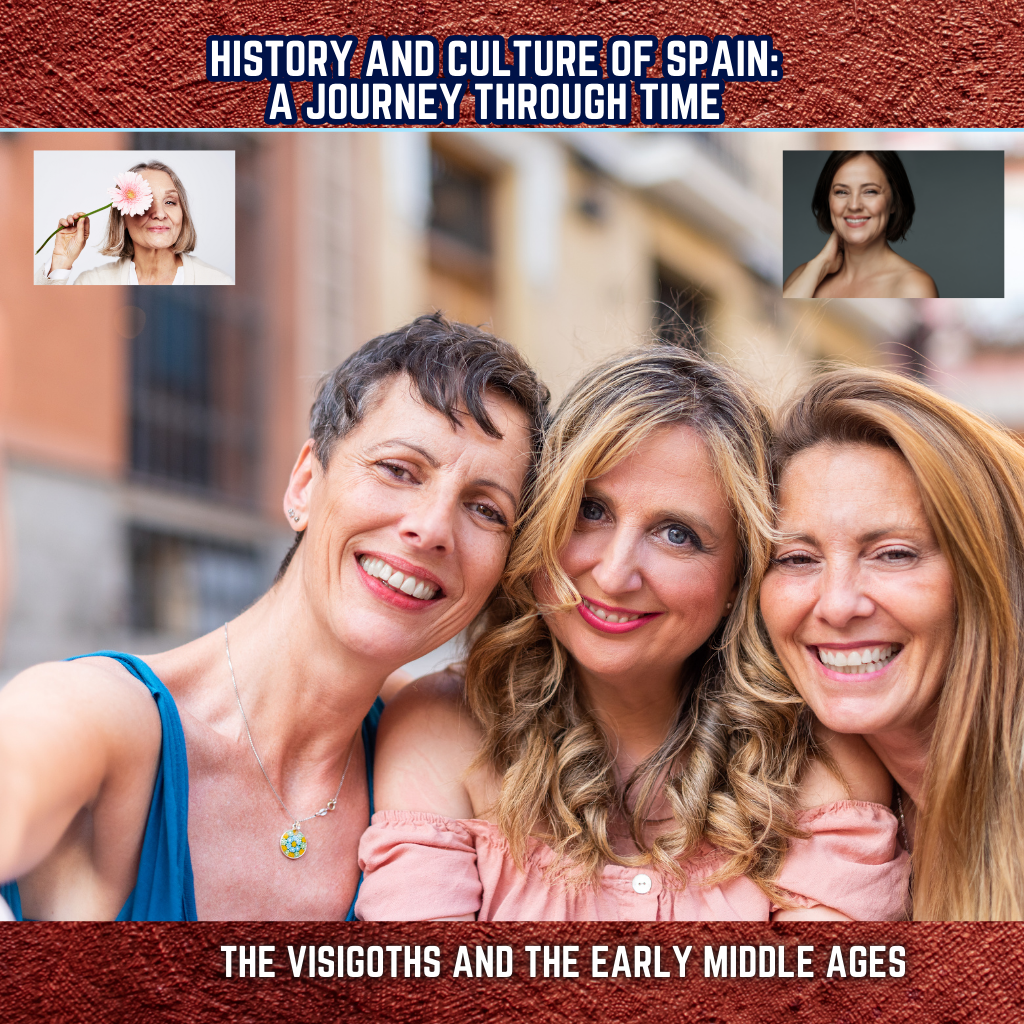
The Moorish Conquest and Al-Andalus
In 711 AD. The Moors founded the Islamic kingdom of al-Andalus, and over the next several centuries Spain was at the forefront of a flourishing philosophical and artistic revolution.
Cities like Córdoba, Seville, and Granada became centers of learning that brought together scholars from different faiths—Muslim, Christian, and Jewish. Al-Andalas achieved outstanding achievements in science, mathematics, medicine, and architecture, as evidenced by such monuments as the Alhambra in Granada and the Cathedral of Córdoba.
The Reconquista
The Reconquista was a centuries-long attempt by the northern Christian kingdoms to return Spain under Moorish rule. Beginning in the 8th century, these persecutions lasted almost 800 years, with important victories such as the Battle of Covadonga (722) and the capture of Toledo (1085) setting the stage for Christian rule.
The final step came in 1492, when Catholic Kings Ferdinand and Isabella conquered Granada, the last Moorish stronghold. That same year marked the beginning of the Spanish Golden Age, when Christopher Columbus discovered the Americas under the Spanish flag.

The Spanish Empire and the Age of Exploration
Spain grew rapidly in the 16th century to become a major world power and established one of the greatest empires in history. Spanish explorers such as Hernán Cortés and Francisco Pizarro conquered vast territories in the Americas, while the wealth of silver and gold flowing into Spain raised it to the status of a European superpower.
However, this period of success also sowed the seeds of future failure. Rapid Spanish expansionism, accompanied by costly wars and invasions, eventually weakened the empire.
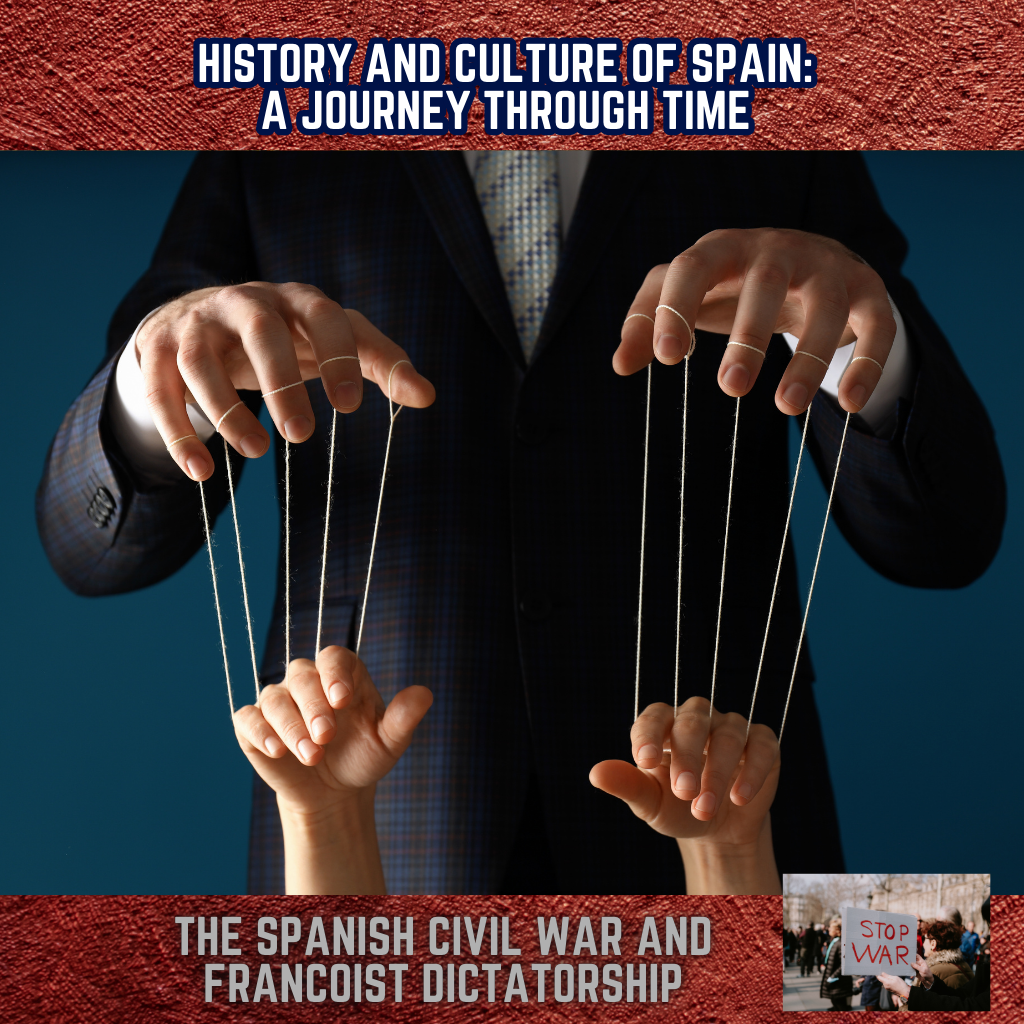
Cultural and Artistic Flourishing in the Golden Age
The 16th and 17th centuries were also a time of extraordinary cultural achievements in Spain. This was the era of Cervantes, whose novel Don Quixote remains one of the most important works of Western literature. In the field of art, painters such as El Greco and Diego Velázquez reached new heights and created masterpieces that influence modern art.
Spain’s influence on European culture during this time was enormous. The Baroque style, characterized by grandeur and emotion, became the dominant artistic expression across the continent, in no small part due to Spanish artists.

Spain’s Decline and Bourbon Reforms
As the 17th century drew to a close, Spain began to decline. The War of the Spanish Succession (1701–1714) resulted in the loss of much of Europe and the Spanish Empire declined. A new dynasty, the Bourbons, came to power and attempted to implement reforms to modernize Spain and make it economically viable, but these efforts came to little avail.
The Napoleonic Wars and Spain’s Fight for Independence
In the early 19th century, Spain was plunged into turmoil when Napoleon Bonaparte invaded. The Peninsular War (1808-1814) saw Spain’s population rise in resistance against the French through guerrilla warfare. While Spain eventually reclaimed its independence, the conflict severely weakened the nation and accelerated the decline of its empire, leading to the loss of most of its colonies in the Americas.
The Turbulent 19th Century
The 19th century saw internal instability, a series of civil wars (known as the Carlist Wars) and battles between nationalist and nationalist armies. Spain fluctuated between monarchy, republicanism and autocracy, indicative of a strong political and social divide that culminated in the Spanish Civil War in the 20th century.
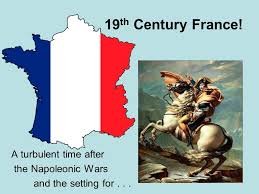
The Spanish Civil War and Francoist Dictatorship
The Spanish Civil War (1936–1939) was one of the most significant conflicts in modern Spanish history. Fought between Republicans and Nationalists, the war ended with the victory of Francisco Franco, who established a dictatorial regime that lasted until his death in 1975. Franco’s rule was marked by political repression and censorship, but also by significant economic development in the later years.

Spain’s Transition to Democracy
After the death of Franco, Spain peacefully transitioned to democracy under the leadership of Juan Carlos I. The Spanish Constitution of 1978 was a milestone in this process and established Spain as a parliamentary democracy. Spain joined the European Union in 1986 and cemented its place in the world today.
Modern Spanish Culture and Society
Today, Spain is known for its vibrant culture, which blends traditional elements with modern innovations. The country has a thriving arts scene, with world-renowned filmmakers like Pedro Almodóvar and musicians like Paco de Lucía making waves internationally. Spain’s festivals, such as La Tomatina and Las Fallas, remain important cultural markers that celebrate its history and traditions.
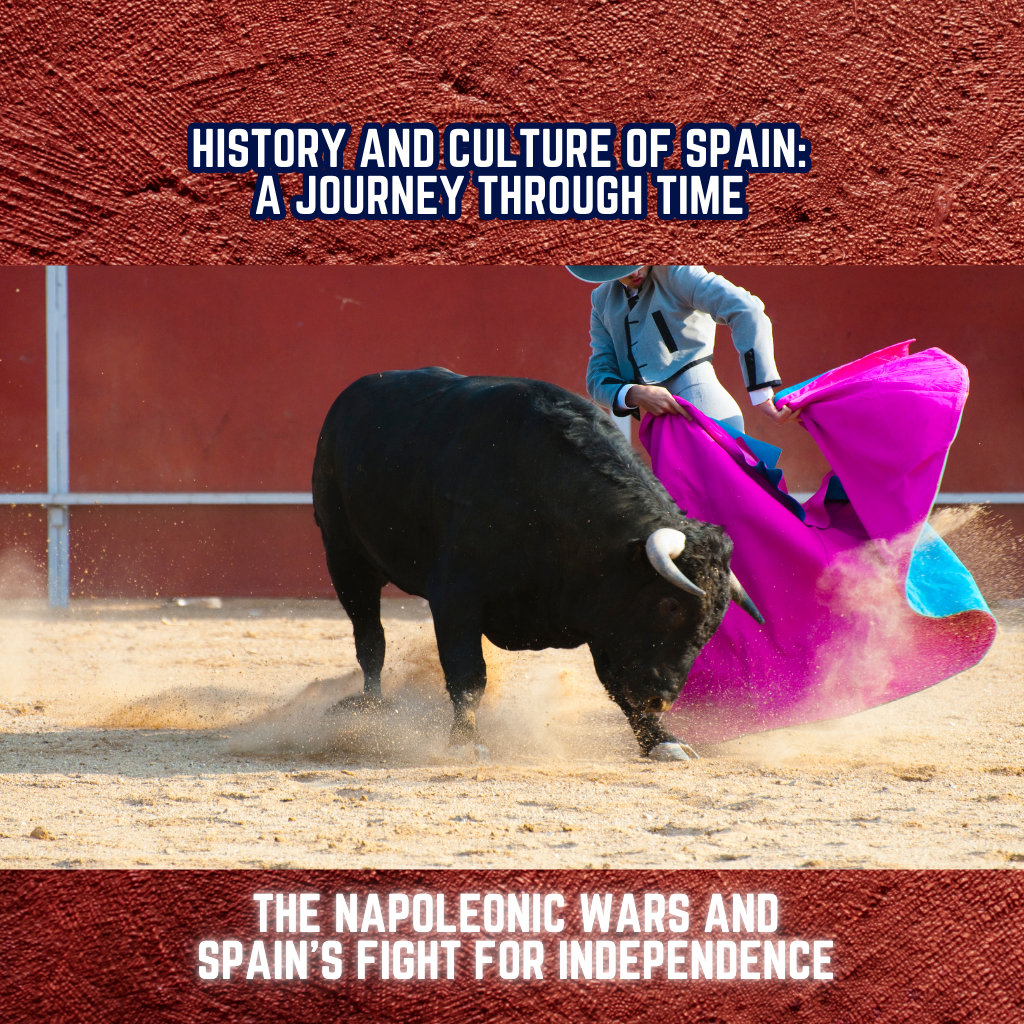
Regional Identities and Cultural Diversity
Spain is a country of many regions, each with its own identity. Catalonia, the Basque Country and Galicia are some of the regions that have preserved their own languages, traditions and cultures. The issue of regional autonomy continues to be a major political issue in Spain, with debates over independence, particularly in Catalonia, regularly grabbing the headlines.
Spanish Cuisine: A Cultural Expression
Spanish cuisine is a reflection of the country’s rich history and regional diversity. From the seafood dishes of Galicia to the paella of Valencia, each region offers something unique. Tapas culture, which involves sharing small plates of food, is central to Spanish social life, and Spain’s wines and olive oils are recognized around the world for their quality.

Flamenco and Spanish Music
No discussion of Spanish culture would be complete without mentioning flamenco, a passionate and expressive art form that combines singing, dancing, and guitar music. Originating in Andalusia, flamenco is a symbol of Spanish culture that has captivated audiences worldwide. Modern Spanish music also continues to evolve, blending traditional sounds with contemporary styles.

